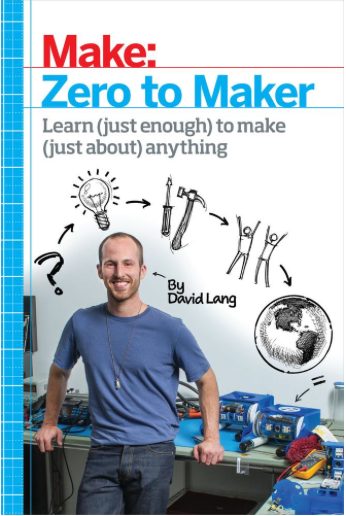

(Image: Oxford University Press)
Nothing is more gorgeous than nature at its finest. A total solar eclipse is a prime example of that. Even a partial eclipse is a memorable experience, if you get outside and witness it first hand. I remember during a partial eclipse years ago, I went outside to play with the sun. The most fun I had was making a grid with my fingers and seeing the shadows on the ground. Or seeing the shadows through the tree leaves.
Maybe you wonder how solar eclipses work. Maybe you wonder why we don’t have them more often. I recently received a copy of the new third edition of Totality: Eclipses of the Sun to review. This book will help you answer these questions, and will teach you more about solar eclipses than you ever realized you didn’t know. It is by Mark Littman, Fred Espenak and Ken Willcox, who all come with impressive scientific and astronomical résumés.
I loved this book from the moment I started reading chapter one. The color pictures will dazzle you. The tables, maps and diagrams will educate you. The whole book is full of solid science, but it is written with humor and an obvious appreciation for the beauty of nature and astronomy. Everything is explained clearly in words, and then further illustrated with the charts and diagrams. It is an excellent read for anyone even casually interested in eclipses. It grabbed my attention much more than I thought it would and taught me many facts I did not know. This is a good book to educate yourself about solar eclipses, and it’s a good one to keep around for reference.


(Image: Mark Littman and Fred Espenak)
The Earth’s orbit around the sun and the moon’s orbit around the Earth are both elliptical. This contributes to the rarity of total solar eclipses, which happen when the sun is completely covered by the moon. The elliptical orbits also allow for the more common annular eclipses, when the moon has a smaller apparent size in the sky than the sun, because it is farther away from the Earth than during a total eclipse. In those cases, the moon is completely in front of the sun but doesn’t cover the whole thing. During a total eclipse, there is quite a wide swath of Earth that experiences a partial eclipse, with only a portion of the sun covered, and only a small path for the total eclipse. The last kind of eclipse is a hybrid eclipse, which is one that begins as an annular eclipse, changes to a total eclipse along its path, and then ends as an annular eclipse.
Totality: Eclipses of the Sun reads like a tour through solar eclipses. It begins with a gripping tale of what it is like to actually witness a total eclipse, and how it is such a different experience than seeing a partial eclipse. This first chapter convinced me that I must see a total eclipse in person.


(Image: Mark Littman and Fred Espenak)
The next chapter talks about how solar eclipses work, but the authors make it very clear that the science and mechanics shouldn’t get in the way of your enjoying the experience. For me, though, the science and mechanics are a big part of the experience, and I felt this was one of the most interesting chapters. Knowing all the things that have to line up properly for this astronomical event to take place only makes me enjoy it more. For example, here is a common question: Why don’t we have a solar eclipse during every new moon? The book explains it simply:
“The reason is that the Moon’s orbit around the Earth is tilted to the Earth’s orbit around the Sun by about 5 degrees, so that the Moon usually passes above or below the Sun’s position in the sky and cannot block the Sun from our view.”
The book then goes into the extensive history of observing and photographing eclipses, the anatomy of the sun, how eclipses helped Einstein with his theory of relativity, how they can help us today, and how to go about observing and photographing a total eclipse safely. There are also chapters on the most recent total solar eclipse in July 2009, the next total eclipse in July 2010 for the tiny islands of the south Pacific, eclipses until 2016 and a chapter on the North American total eclipse in August 2017. There are also maps for every eclipse between 2008 and 2030. Appendices give more detail about past and future total, annular, partial and hybrid eclipses. There is also a glossary for easy reference.
Remember: Never look directly at the sun, either with your naked eyes or through a telescope or camera (unless you have the proper filters installed).
Wired: Very detailed maps, charts and diagrams explaining every nuance of solar eclipses. Humorous tone and fascinating information. Subject matter covered thoroughly. A great reference for the future.
Tired: None.
![Reblog this post [with Zemanta]](http://img.zemanta.com/reblog_e.png?x-id=46eab124-fbbe-4b0b-9f85-af304cd489e6)

